Sharan Kumar Ravindran - R Data Science Essentials
Here you can read online Sharan Kumar Ravindran - R Data Science Essentials full text of the book (entire story) in english for free. Download pdf and epub, get meaning, cover and reviews about this ebook. year: 2016, publisher: Packt Publishing, genre: Computer. Description of the work, (preface) as well as reviews are available. Best literature library LitArk.com created for fans of good reading and offers a wide selection of genres:
Romance novel
Science fiction
Adventure
Detective
Science
History
Home and family
Prose
Art
Politics
Computer
Non-fiction
Religion
Business
Children
Humor
Choose a favorite category and find really read worthwhile books. Enjoy immersion in the world of imagination, feel the emotions of the characters or learn something new for yourself, make an fascinating discovery.
- Book:R Data Science Essentials
- Author:
- Publisher:Packt Publishing
- Genre:
- Year:2016
- Rating:3 / 5
- Favourites:Add to favourites
- Your mark:
R Data Science Essentials: summary, description and annotation
We offer to read an annotation, description, summary or preface (depends on what the author of the book "R Data Science Essentials" wrote himself). If you haven't found the necessary information about the book — write in the comments, we will try to find it.
Learn the essence of data science and visualization using R in no time at all
About This Book
- Become a pro at making stunning visualizations and dashboards quickly and without hassle
- For better decision making in business, apply the R programming language with the help of useful statistical techniques.
- From seasoned authors comes a book that offers you a plethora of fast-paced techniques to detect and analyze data patterns
Who This Book Is For
If you are an aspiring data scientist or analyst who has a basic understanding of data science and has basic hands-on experience in R or any other analytics tool, then R Data Science Essentials is the book for you.
What You Will Learn
- Perform data preprocessing and basic operations on data
- Implement visual and non-visual implementation data exploration techniques
- Mine patterns from data using affinity and sequential analysis
- Use different clustering algorithms and visualize them
- Implement logistic and linear regression and find out how to evaluate and improve the performance of an algorithm
- Extract patterns through visualization and build a forecasting algorithm
- Build a recommendation engine using different collaborative filtering algorithms
- Make a stunning visualization and dashboard using ggplot and R shiny
In Detail
With organizations increasingly embedding data science across their enterprise and with management becoming more data-driven it is an urgent requirement for analysts and managers to understand the key concept of data science. The data science concepts discussed in this book will help you make key decisions and solve the complex problems you will inevitably face in this new world.
R Data Science Essentials will introduce you to various important concepts in the field of data science using R. We start by reading data from multiple sources, then move on to processing the data, extracting hidden patterns, building predictive and forecasting models, building a recommendation engine, and communicating to the user through stunning visualizations and dashboards.
By the end of this book, you will have an understanding of some very important techniques in data science, be able to implement them using R, understand and interpret the outcomes, and know how they helps businesses make a decision.
Style and approach
This easy-to-follow guide contains hands-on examples of the concepts of data science using R.
Downloading the example code for this book. You can download the example code files for all Packt books you have purchased from your account at http://www.PacktPub.com. If you purchased this book elsewhere, you can visit http://www.PacktPub.com/support and register to have the code file.
Sharan Kumar Ravindran: author's other books
Who wrote R Data Science Essentials? Find out the surname, the name of the author of the book and a list of all author's works by series.

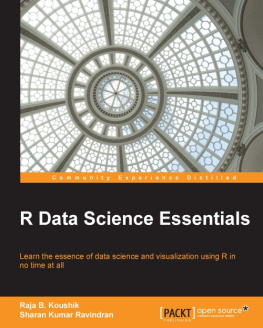
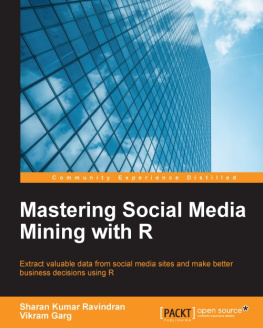
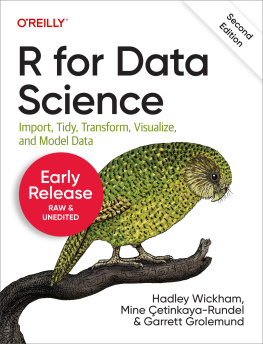
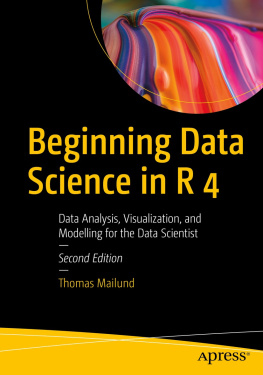
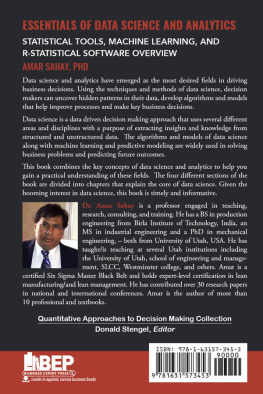

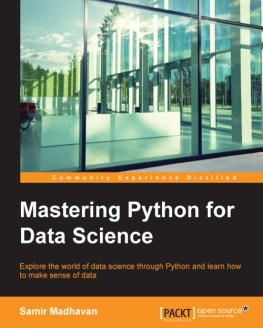
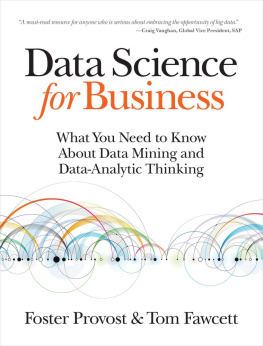
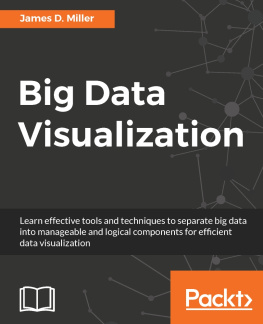
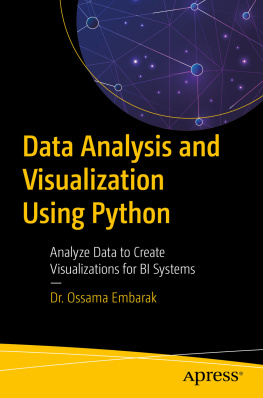
![Thomas Mailund [Thomas Mailund] - Beginning Data Science in R: Data Analysis, Visualization, and Modelling for the Data Scientist](/uploads/posts/book/119629/thumbs/thomas-mailund-thomas-mailund-beginning-data.jpg)
